The post Makeup Essentials for Photographers Part 2 – Application appeared first on Digital Photography School. It was authored by Mark C Hughes.

A little makeup will help your images pop
In part 1, we explored the tools you need to be able to help your subjects. Once you have all those essentials for applying makeup, the next step is the hard one – application. Again, this overview is intended for photographers and not makeup artists. The approach should be about helping your portrait subjects look a little better in your images of them. However, it should not replace using an actual makeup artist if you have one available.
Makeup artists can do amazing work that takes a lot of time, effort and skill to become good at. You can’t become a makeup artist by simply reading one article. We are going to help you tweak what is already there rather than give tips on how to be a junior makeup artist.

Many models come to sessions with their own makeup
Virtual Makeup
Beyond makeup, there are lots of techniques for improving someone’s appearance in post-processing including adding virtual makeup. Virtual makeup programs and plug-ins have come a long way, but, as always, it is much easier to get the images correct in-camera and not rely on post-processing to fix everything.
Also, while it can be done, post-processing images can take a fair bit of time, so getting it right in-camera means very little post-processing. Little post-processing can end up saving you a tremendous amount of time, particularly if you are handling lots of images and tight timelines.

Virtual makeup can be virtually indistinguishable from regular makeup and is way better than excessive smoothing or reverse clarity.
Before applying makeup
In general, when you are applying makeup to an individual, there are a few factors to consider before applying makeup to them. First, you need to be aware if they are comfortable with makeup and with you applying it to their faces. Most women and few men are comfortable with makeup, however, there are both men and women who are not. Before you do anything to anyone, you need to ask for their consent. Also, ask how comfortable they are with letting you do anything regarding the application of makeup.
When you apply makeup to someone, you end up getting up close and personal (much like a haircut) and there are lots of people and cultures that frown on you entering their personal space. Your subjects need to feel beautiful or handsome but more importantly, they must feel comfortable.
Rule of thumb
The rule of thumb for photographers who are applying makeup to subjects is that you are looking for a very light touch of makeup (i.e. very little).
With women, just improve a little of what is already there (they may already have most of it down and may be way more skilled at it than you are).
For men, you are looking to remove the sheen and give them a light tan to look healthier. For all your subjects, think smoothing and getting rid of shine.

Making subjects relaxed is important
Approach for women
Lots of women wear makeup everyday. Many will show up for a portrait session with the makeup that they normally use and are comfortable with. That’s really great. For these women, you will need to carefully consider or assess what you want to achieve before applying or correcting your subject’s makeup. Ideally, your subject’s makeup is just fine with no need for any changes or only some minor touch-ups. Only add or repair what’s needed for these subjects. Do not make their makeup worse.
Alternatively, some women don’t wear any makeup. So for them, you will need to let them know you will only be doing a little to help them look better in front of the camera. You are really trying to make them look their best – you will not be trying to fix them or to try to make them look like a supermodel. Everyone has great features, and everybody wants to feel attractive. Great photography will bring out their inner beauty. You are just trying to enhance what they have, not to make them look like something they are not. Some women will joke and ask you to take 10 years off. The best thing to do is to reassure them that you will make them look good.

Makeup for men is just a really light touch.
Approach for men
Most men don’t wear makeup. This means that you need to make them relax having makeup on. Depending upon how and who the person is, will affect your approach. The best approach you can take is to tell them you are just cleaning some stuff up and making them look great. It will be really important for most men to tell them that you will be putting very little makeup on them.

As with most subjects, you tend to be dealing with normal people. Here is a before makeup shot of a typical subject. Ensure your subject’s face is clean and moisturized before adding makeup.
Preparation
If your subject arrives with no makeup, you may need to apply some very basic makeup. Ideally, their faces are at least clean before you start. If your subject’s face is not clean, recommend a splash of soap and water as well as cleaning with a clean applicator using an alcohol-free toner.
Beyond making people feel comfortable, you also need to be wary of any allergies. Before you start applying any makeup to anyone, make sure you know if they are allergic to any products. This ensures you don’t start applying some makeup only to have them feeling really bad and break out in hives.

Fair complexion individuals will benefit from a little bit of makeup by providing some definition.
Your first step is to use blotting paper to blot up any obvious oil spots. Simply press the blotting paper to the oily area, lift, and repeat as necessary, using a clean section of blotting paper each time. Never rub, just blot.
Concealing
This is a critical stage of applying makeup. Done well, concealing transforms small skin irregularities and get things right straight out of the camera. This saves retouching later in post-processing. Using your smallest brush (the lip or concealer brush), dab concealer onto blemishes, dark circles under the eyes, and in any other areas that need a bit of correction. Dab on a bit of concealer with your brush, wait a minute or so, then use a clean finger to lightly dab the concealer to begin blending.

Concealing involves targeting small imperfections to help people look more like themselves
As a photographer, you will be familiar with color theory. Now you need to think about it for makeup. Applying concealer normally requires you to think about color theory and shading. For example, apply green to red blotches; yellow to purple-blue under-eye circles on olive or tan skin, and light purple or pink to under-eye circles on fair skin.
Try to always use a flesh-toned concealer that is the same as, or slightly lighter than, your subject’s skin to allow the ability to even out the corrections.
Correcting or balancing foundation on women
With excess oil removed and any blemishes concealed, now you will need to look closely at your female subject’s foundation. Some women use too much foundation or don’t blend foundation enough along the jawline. If either applies to your subject, moisten a wedge sponge and use it to even out the foundation using light and gentle strokes. Pay particular attention to jawlines and hairlines. Ensure any makeup lines are smoothly blended out to make them invisible.
Alternatively, some women don’t apply enough foundation. If you find this to be the case with your subject, use your largest brush (the face brush) and brush on lightly-tinted setting powder. Powder will not provide deep coverage, but it will supplement a thin application of foundation.
Blush and contour for women
If you’ve never applied makeup to another person, this is the stage where you will initially feel particularly awkward using a brush and makeup. Even people with lots of practice on themselves can feel awkward doing it on someone else. You may want to practice in advance by brushing makeup onto white sheets of paper, particularly textured paper like those used for watercolors.

A good application of foundation, blush and contour will make the subject’s face even
When you are ready to apply blush and contour to your subject, ask her to smile. Use a medium-sized brush to apply blush from the apex of her cheeks in a very slight curve down and then back up again, almost to her ears. Apply the blush in light strokes, brushing additional makeup in thin layers until you’ve achieved a look that is only slightly more dramatic than natural.
If you are feeling adventurous and confident, use your blush or powder brush with your bronzer to lightly contour the sunken area of her cheeks from about mid-cheek back to the hair line. A little contouring can go a long way. When you begin feeling more confident applying contour, consider applying it down the middle of a woman’s nose, at her temples, and on the tip of her chin. This application will make your subject’s face look a bit thinner.
Blending for women
For good makeup application, continued blending is key. Begin with a large face brush and lightly sweep in circles to begin to blend in the edges of the blush and contour you’ve applied. Finish blending by using the face brush to lightly brush on some flesh-colored translucent powder.
Highlight and manage shine
Setting powder can be used now to add some highlights to your subject’s face and to tone down any shiny areas. To add highlights, use a clean blush or face brush (be sure you’ve cleaned it of blush and contour). Dip the tip of the brush in some rice powder and gently touch the rice powder onto the areas you wish to highlight. Then use your face brush to blend.
Adding highlights to either side of the bridge of your subject’s nose, near the inside corners of her eyes, will brighten her eyes.
If your subject has some shiny areas (this may be all you need to correct for some clients), apply some rice powder on the shine using your face brush. Go easy on the application as you can overcorrect and end up with pale looking skin.

Smooth lips are never noticed, but rough ones always are. This is an easy thing to fix before taking a photo.
Lips
The last main step is to ensure your subject’s lips are smooth and moist looking. If your subject brought lipstick, use that. If not, or if her lips need a bit of moisture or shine, use a bit of lip gloss or balm. Apply the gloss or balm with a clean concealer or lip brush. Don’t use fingers or let your subject use her fingers as more lip gloss will end up on fingers than on lips.

A little bit of makeup can really bring out the individuals inner beauty

Final results coupled with good lighting can make for images people are proud to show others
Final assessment
Once complete, and at each intermediate stage, step back and assess what you have applied or corrected. Make sure it works. You can always layer on a bit more makeup where needed, but it’s much more difficult to remove too much makeup.
Applying makeup to men
Many men won’t refuse a bit of corrective makeup even if they feel awkward about it. Remember to limit makeup application for men to concealing and managing shine. You want them to look healthy, not made up.

For men just smoothing and a light touch are all that is necessary
Blot and conceal
As before with women, use blotting paper before applying any concealer. Men often produce more and heavier oil on their faces than women. If this oil is not blotted, the concealer will come off as you attempt to apply it. The same principles for applying concealer to women applies to men. You may only need to be a bit more diligent in blending concealer over shaved facial hair. It may be trickier too with men who want that scruffy 5 o’clock shadow look or have a day’s growth of beard.
Managing shine
Rice powder works wonderfully to matte shine on a man’s face, especially on high foreheads and bald spots. Even if you are not able to completely matte shine in those areas, rice powder will bring the shine down enough that you will have texture to work with in those areas of the photograph when retouching.
As with women, apply rice powder to men lightly with a large face brush, blend well, and check to be sure you have not created pasty-white areas. If your client’s skin tone is dark and you are trying to matte significant shine, blend a little tinted translucent powder with the rice powder before applying.
Lips
Some men have dry or flaky lips, often from spending a lot of time outside. Ask if you can apply a small amount of clear lip balm. Rub the balm in well because you don’t want shiny traces on a man’s lips.
Before finishing up, take a close look at your client. Remove smudges, makeup flakes, or lint with a cotton swab. Use your face brush or a damp disposable sponge to blend any makeup that needs just a tiny bit more blending. And use a damp disposable sponge to remove stains or lint from clothing.

The judicial use of makeup can help people feel more confident for other types of posing.
Cleaning up
Finally, always clean your brushes and cosmetics after every use. You want to have sanitary makeup and brushes. Use a conditioning brush spray or isopropyl alcohol on your brushes. Use cosmetic sanitizer or isopropyl alcohol on your cosmetics so that you can use them for others. Throw away any disposable items you used. And always wash your hands with soap and running water or with sanitizer as soon as you are finished.

In the end, the desired result is for images people are proud of. To do that a little bit of makeup knowledge helps a photographer simplify his or her processes to get the best results
Practice, Practice, Practice
Applying makeup to another person does not come naturally. There is a reason why makeup artists are paid handsomely for their work. But with a few tools, a small bag of cosmetics, and practice, you will be able to address the worst of makeup or skin flaws before you capture your client’s portrait.

The post Makeup Essentials for Photographers Part 2 – Application appeared first on Digital Photography School. It was authored by Mark C Hughes.

Digital Photography School













































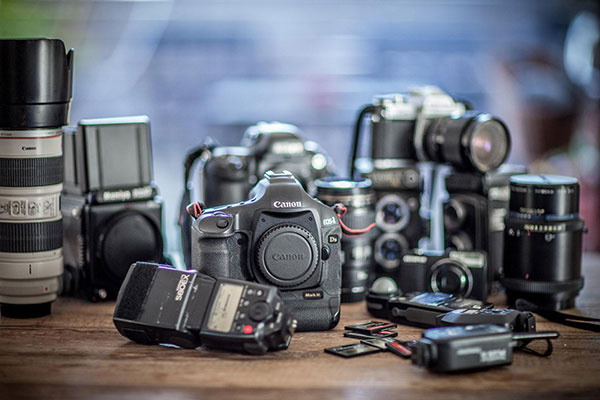
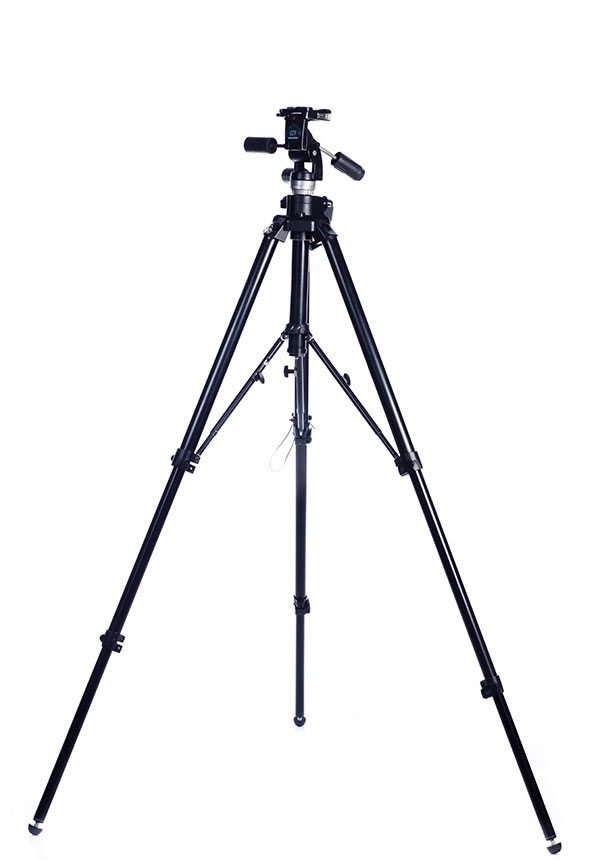
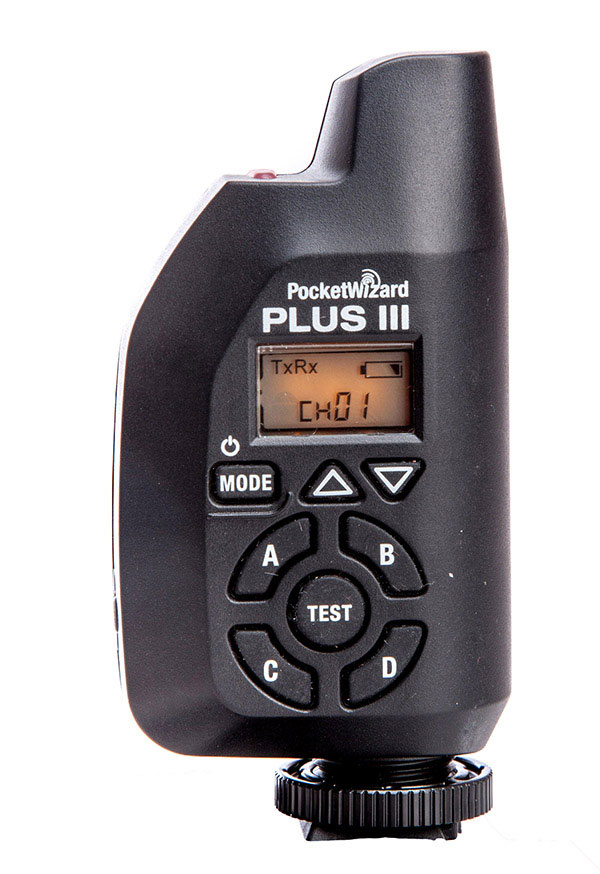
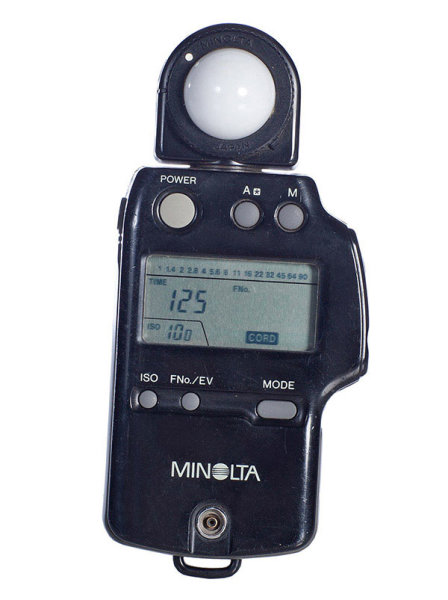
 I use a speedlight off camera for about 20%-30% of my photo shoots. Like any piece of gear, they have their pros and cons, but they can light you out of some tight spots (quite literally).
I use a speedlight off camera for about 20%-30% of my photo shoots. Like any piece of gear, they have their pros and cons, but they can light you out of some tight spots (quite literally).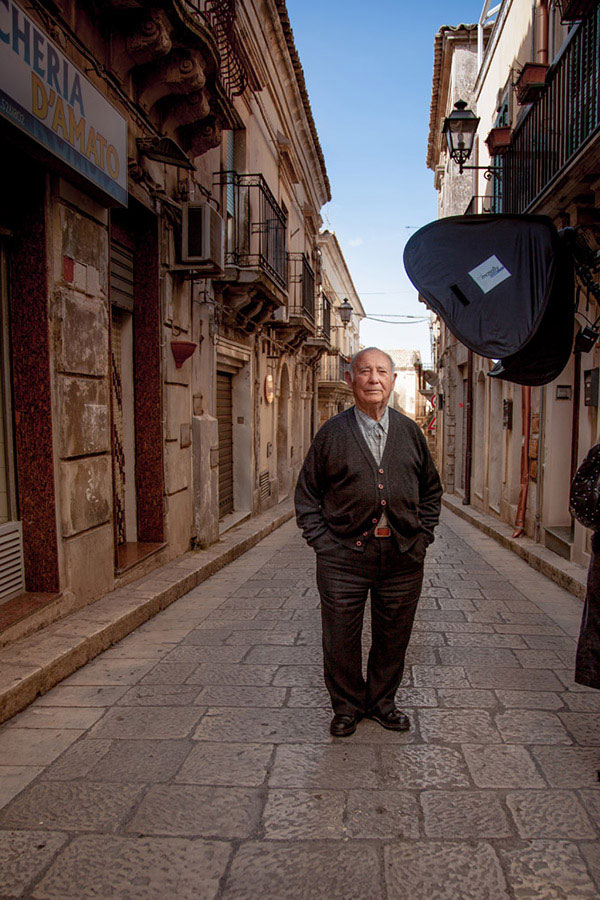
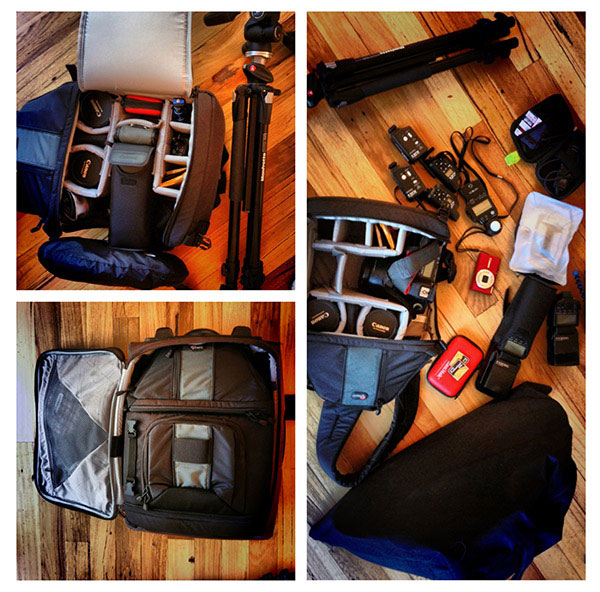
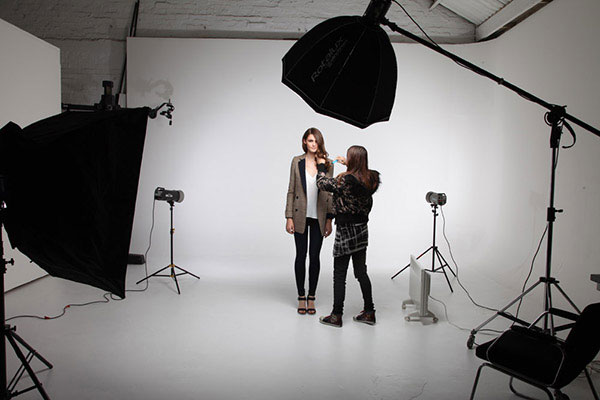
 If I could only pick one light modifier to take to a deserted island, it would have to be a softbox. Small, medium or large this little puppy is my go to light source for 80% of my shoots.
If I could only pick one light modifier to take to a deserted island, it would have to be a softbox. Small, medium or large this little puppy is my go to light source for 80% of my shoots.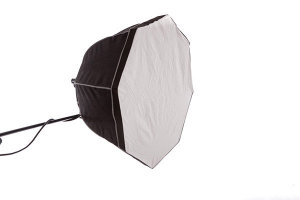 Rotalux Deep Octabox
Rotalux Deep Octabox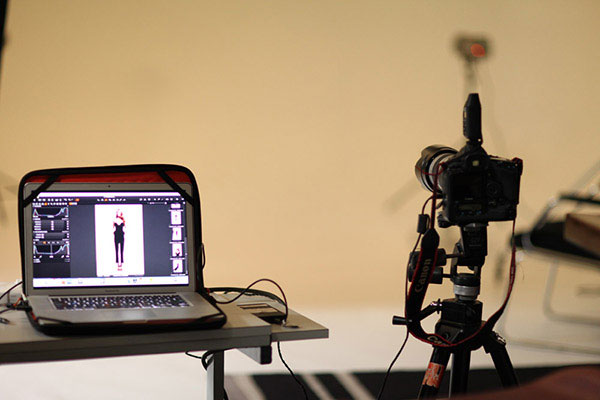


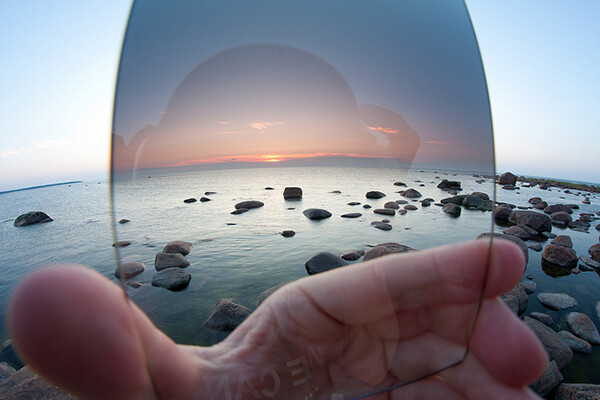


.gif)

You must be logged in to post a comment.